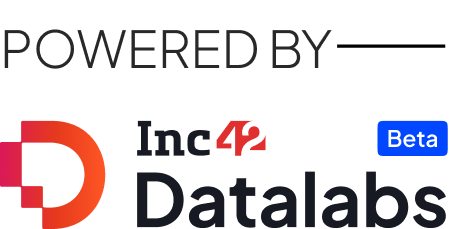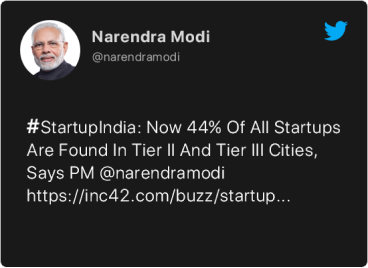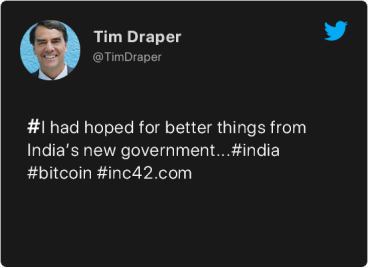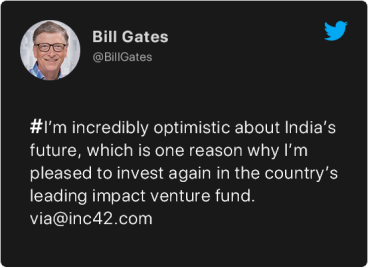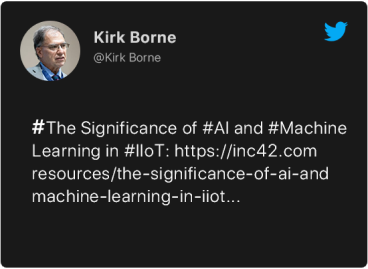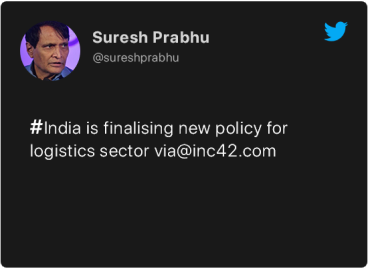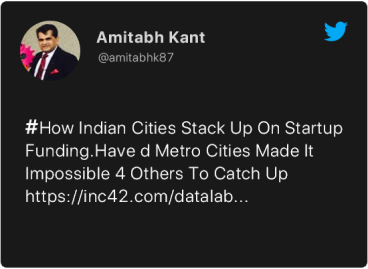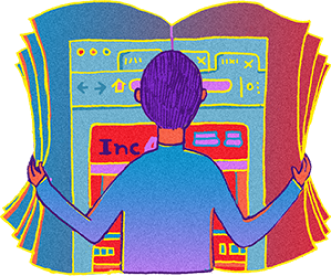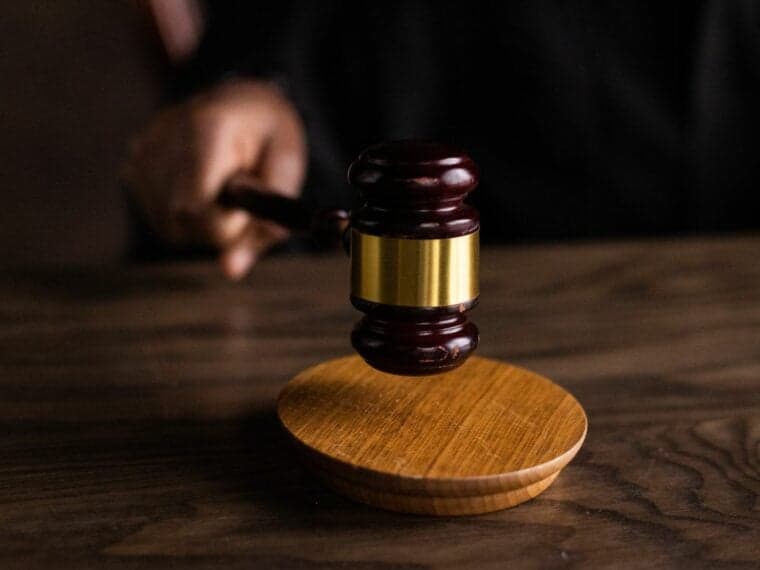
In its petition, X challenged the Centre’s use of Section 79(3)(b) of the Information Technology (IT) Act to block content
X has also sought protection from the court for not onboarding an employee on the Sahyog portal created by the Indian Cyber Crime Coordination Centre (I4C)
All these disputes with the government come at a time when Musk is actively working to launch Starlink and Tesla in India
The ongoing legal battle between Elon Musk-led X Corp and the Centre inder the IT Act Sec 69A and Sec 79) has taken a new turn as the Centre now looks to file objections to a lawsuit filed by X in the Karnataka High Court earlier this month.
In its petition, X challenged the Centre’s use of Section 79(3)(b) of the Information Technology (IT) Act to block content. It contended that the section contradicts the Supreme Court’s Shreya Singhal judgment, which permits content blocking only through the Section 69A framework of the IT Act or court orders.
An ET report, citing Justice M Nagaprasanna’s hearing on March 27, said that the Union of India had informed the court that it would file objections within the same day. Following this, the senior counsel appearing for X will go through the objections and make his submissions.
A senior government official told ET that section 69A of the IT Act, which gives the government power to block information, can be done only under certain very specified circumstances and that it doesn’t cover all legitimate restrictions on free speech covered in Article 19(2) of the Constitution.
“69A is limited. It doesn’t even give the government the power to block all the points which are covered as legitimate restrictions on free speech, as covered in Article 19(2). Article 19(2) of the Constitution carries certain additional areas in addition to what is contained in 69A, like defamation, obscenity and so on. That is not in 69A. It’s a limited power. We’ve used it sparingly,” the official said.
On the other hand, the official noted that Section 79 addresses intermediary liability for hosting unlawful content.
Section 79(1) provides a safe harbour to internet intermediaries who carry certain content. 79(2) and 79(3) are provisions which are exceptions to the safe harbour, which outline when the safe harbour would not be available.
Musk’s Other Discord With The Government
X has also sought protection from the court for not onboarding an employee on the Sahyog portal created by the Indian Cyber Crime Coordination Centre (I4C) to “streamline” Section 79(3)(b) orders.
Calling it a “Censorship Portal”, X contended that the law doesn’t mandate the creation of Sahyog or a statutory requirement to appoint a nodal officer for such a portal. The HC permitted the social media platform to approach it if the government took “precipitative action” against it.
Musk’s AI model Grok is also under the scanner of the electronics and IT ministry over its objectionable content.
All these disputes with the government come at a time when Musk is actively working to launch Starlink and Tesla in India.
The Bigger Debate
The courtroom drama between the government and X highlights the broader debate over free speech, responsibility as an intermediary platform and the safeguard provisions in the Indian digital governance framework.
Even a few years back, X was at loggerheads with the centre over the takedown orders issued by the latter pertaining to the farmers’ protest in 2021. Global web search giant Wikimedia has also taken legal action against the Indian government’s content takedown orders.
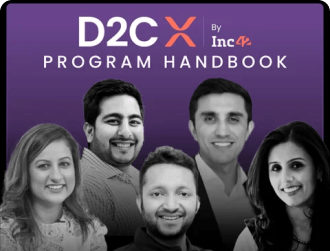



 Fintech
Fintech Travel Tech
Travel Tech Electric Vehicle
Electric Vehicle Health Tech
Health Tech Edtech
Edtech IT
IT Logistics
Logistics Retail
Retail Ecommerce
Ecommerce Startup Ecosystem
Startup Ecosystem Enterprise Tech
Enterprise Tech Clean Tech
Clean Tech Consumer Internet
Consumer Internet Agritech
Agritech









